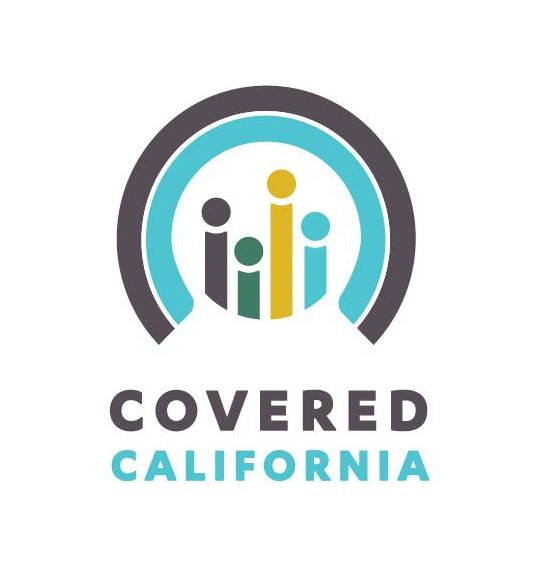Phrases Made Easy: “Guaranteed Issue”
Welcome back to another edition of our blog series “Phrases Made Easy.” Generally speaking… insurance phrases, words, and concepts can sometimes be difficult to understand. Our goal is to make all of those long, drawn-out phrases easier to understand. We feel that informed consumers can make a really big difference in our industry.
Today we picked the phrase “Guaranteed Issue.” The reason that we picked this phrase is because starting on January 1st, 2014 all health insurance policies must be written as “guaranteed issue” policies. When we refer to health insurance, we’re talking about major medical (ie: HMO/PPO) policies. Products like supplemental health insurance, dental, vision, long term care, etc are not required to be “guaranteed issue.”

The first thing we’ll do is give you the longer definition of “guaranteed issue.” That way, the shorter and easier version will be really simple. Here’s the long definition of “guaranteed issue”:
Guaranteed issue is a term used in health insurance to describe a situation where a policy is offered to any eligible applicant without regard to health status. Often this is the result of guaranteed issue statutes regarding how health insurance may be sold, typically to provide a means for people with pre-existing conditions the ability to obtain health insurance of some kind.
Now that you know the longer definition of “guaranteed issue,” here is the simple version: if you apply for health insurance coverage, you must be accepted. It’s very simple, that’s all it is.
Here are some additional notes on guaranteed issue coverage:
- All plans from all carriers must be “guaranteed issue” nationwide starting on January 1st, 2014
- The “guaranteed issue” mandate applies to plans both inside and outside of state health insurance exchanges
“Guaranteed Issue” will take some “getting-use-to” by the public. When this concept is mentioned to our clients and potential clients, they still have a difficult time comprehending it. However, this is correct: regardless of your health status (any pre-existing conditions), you must be accepted for health insurance coverage if you apply for coverage starting on January 1st, 2014.
Thanks for stopping by, we hope you found our information to be valuable. Check back at our blog to get further information about funding healthcare. Also, please share with your friends, clients, colleagues, and family. Here are a few of our other information outlets:
Home Page: https://policyadvantage.com
Twitter: http://www.twitter.com/policyadvantage
Facebook: http://www.facebook.com/policyadvantage
YouTube: http://www.youtube.com/policyadvantage
Pinterest: http://www.pinterest.com/policyadvantage
Word Press (you are here): http://www.policyadvantage.wordpress.com







